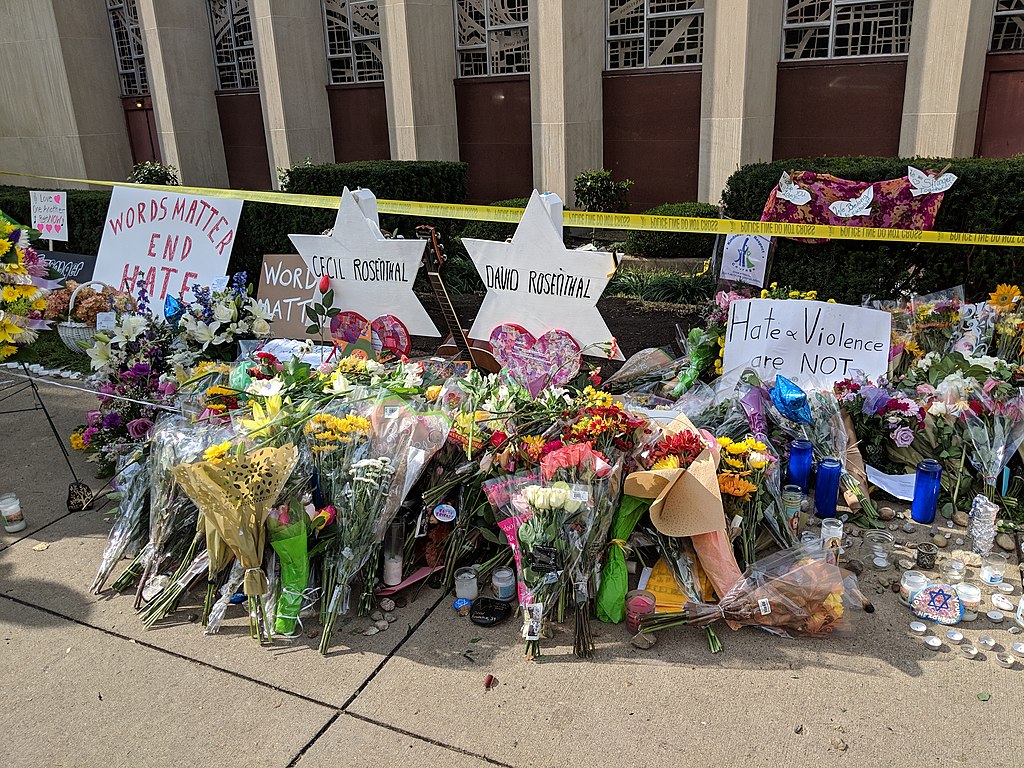Two years have passed since a neo-Nazi thug burst into the Tree of Life Synagogue in Pittsburgh and killed 11 congregants in the deadliest antisemitic attack in American history. Eighty three minutes elapsed from the moment Robert Bowers entered the shul until he was apprehended by the police on that cloudy Saturday morning on October 27, 2018.
Bowers was enraged that Jews were aiding and abetting Guatemalan refugees cross the Mexican border into the United States. At best, this was a flimsy pretext for a deranged antisemite to murder Jews.
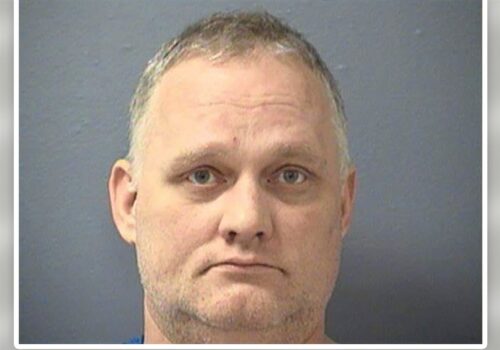
The massacre in Pittsburgh’s Squirrel Hill neighborhood is the subject of a book of thoughtful essays by local residents. Bound in the Bond of Life: Pittsburgh Writers Reflect on the Tree of Life Tragedy (University of Pittsburgh Press) brings back all the heartache, anguish, fear and sorrow of that terrible day.
As essayist Tony Norman writes, it was not the first such assault on Pittsburgh’s Jewish community. In 1986, Neal Rosenblum, a 24-year-old Orthodox Jew, was gunned down by a neo-Nazi, Steven Tielsch, who served 15 years of a 23-year sentence before being released in 2017, says Norman, a columnist for the Pittsburgh Post-Gazette.
Fourteen years later, in a town near Pittsburgh, the racist Richard Baumhammers fatally shot five people, including a Jewish neighbor, in a killing spree. Captured alive, he currently sits on Pennsylvania’s death row.
Reflecting on this random violence, Norman says it is yet another reminder of the thin line between “carnage and civilization” in a society “awash in high-powered weapons.”
“Pittsburgh is still healing from the events of the overcast morning in 2018,” he adds. “In many ways, it will be impossible to put (it) behind us — and nor should we. It was a direct assault on not only a historically persecuted community, but the larger civil society as well.”

David Schribman, who was then executive editor of the Pittsburgh Post-Gazette, comments that the shots that rang out will be heard for “as long as we shall live.”
“Each of us was marked by the shots, deaths, vigils, services funerals,” he goes on to say. “It was, for all of us, one of those before-and-after moments, like Pearl Harbor, the death of Franklin Roosevelt, the assassination of John F. Kennedy, and the terror attacks of September 2001.”
Eric Lidji, a historian and one of the editors of this book, says that two shock waves were set off by the attack. “The first was the private pain felt by those who knew the victim personally. The second struck everybody else.”
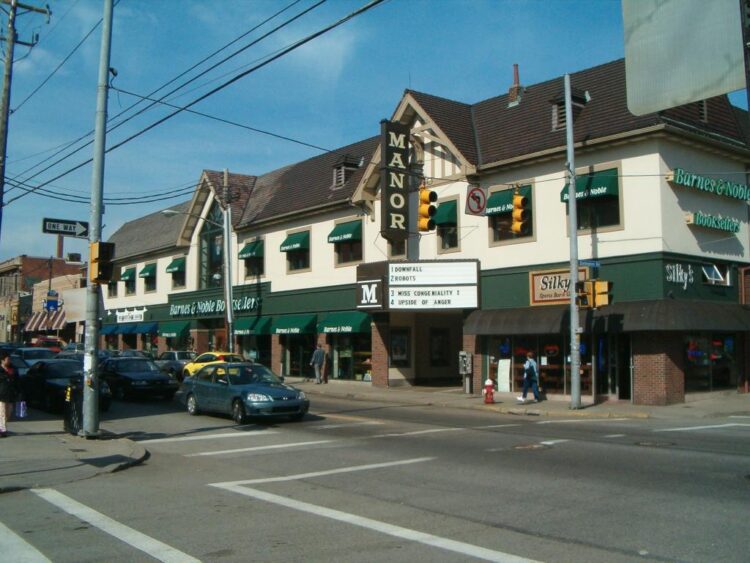
Molly Pascal, a freelance journalist, zeroes in on Squirrel Hill, a Jewish enclave four miles east of the downtown core. Describing it as an “urban shtetl,” she lists its characteristics. “It is pickles and babka and rye. It is statuesque oaks, maples and London planes … It is kosher pizza and donuts … It is a public clock rendered in Hebrew … In Squirrel Hill, you are always someone’s granddaughter or grandson, son or daughter, mother or father, cousin, coworker, doctor, neighbor or friend … In the shtetl, we are one family.”
Andrew Goldstein, a Pittsburgh Post-Gazette writer, calls the attack a violation of a beloved neighbourhood and “the city where we had sanctuary for generations. Like the glass that was broken at the entrance of the synagogue, the belief that Squirrel Hill and Pittsburgh could be immune to such evil was shattered.”

And he adds, “What happened at the Tree of Life changed everyone it touched … But for me, as well as others, it also created a stronger sense of community and a desire to serve, through volunteering, charity or simply trying to be a nicer person in daily life … In Squirrel Hill, we now have seen what antisemitism and racial intolerance can do when it is unleashed.”
Laura Zittrain Eisenberg, a Carnegie Mellon University history professor and a third-generation member of the Tree of Life, notes that it occurred only two weeks before the 80th anniversary of Kristallnacht, the nation-wide pogrom in Nazi Germany. “Tree of Life rabbi Jeffrey Myers was at pains to remind people that whereas the German authorities had watched the rampage from the sidelines, Pittsburgh police ran headlong into gunfire to rescue Jewish worshippers, and public officials and their constituents immediately rushed to the Jewish community’s side.”
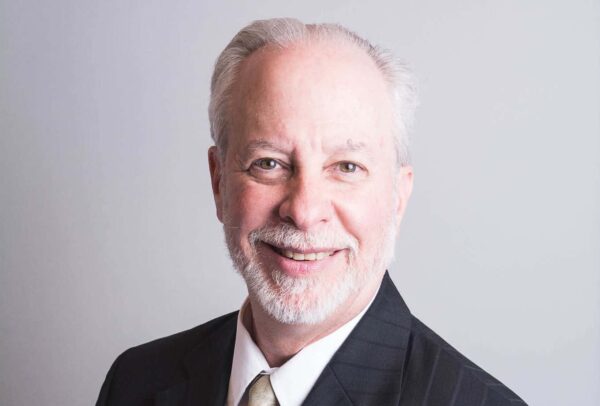
Beth Kissileff, a creative writer and the co-editor of this volume, recalls three of the victims. Dan Stein helped her daughter with a paper on local history. Mel Wax, a retired accountant, would do people’s taxes for free. Rich Gottfried was a dentist who was on the cusp of retirement.
Susan Jacobs Jablow, a Pittsburgh journalist, remembers the police and ambulance sirens, which are seared into her memory. “When we left our house that day the sirens had already begun, but it was easy to dismiss the first few as routine emergencies.”
Campbell Robertson, a New York Times national correspondent based in Pittsburgh, says the community at large showed empathy: “The store windows on Forbes Avenue, from the Dunkin’ Donuts to the Chinese noodle shops, were billboards of love and support.”
Barbara Burstein, an instructor in Jewish history and the Holocaust at the University of Pittsburgh and Carnegie Mellon University, says there are lessons to be learned. Jews need to be vigilant about antisemitism, she observes. “But I would suggest that American Jews are in danger of being mired in the swamp of antisemitism, that it has too much paralyzed us, turning us into pessimists, seeing ourselves only as potential targets.”
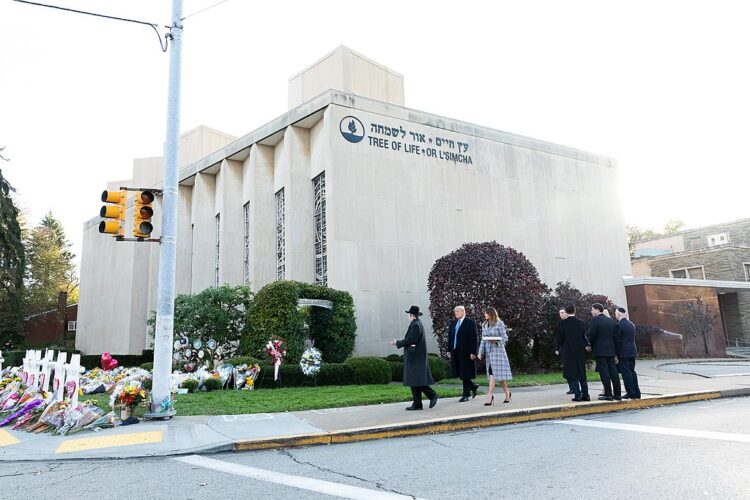
Jewish Americans need to focus on Jewish values, religious traditions, Jewish peoplehood and the contributions Jews have made over the centuries. “While Pittsburgh will be forever associated with the worst outbreak of anti-Jewish violence in America, that narrative could at least be put in the context of the normalcy and vitality of Pittsburgh’s Jewish life … We need to celebrate how Jews have lived and what they have accomplished. The Jewish community in Pittsburgh is alive and well.”
Linda Hurwitz, the former director of the Holocaust Center in Pittsburgh, strikes a positive note about that day of dread and sadness. “The families of the victims … will find within themselves the strength to go on, to give themselves the time to grieve and mourn and eventually move forward step by step.”
Beth Kissileff has the last word. As she puts it, “This book marks a beginning of Pittsburghers’ being able to tell our story with the agency to direct the narrative. We are hopeful that this offering of words, this telling, will keep those eleven who were lost on October 27 … firmly bound in the bond of our lives.”
